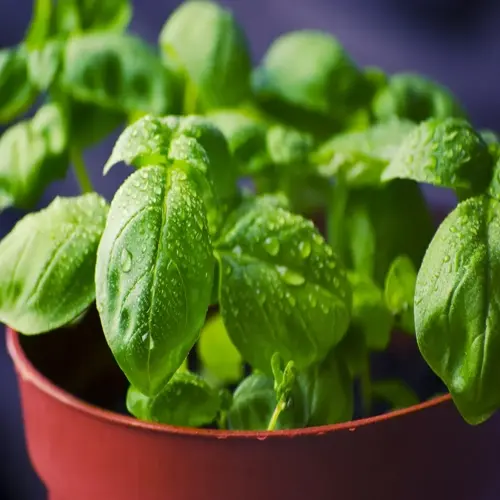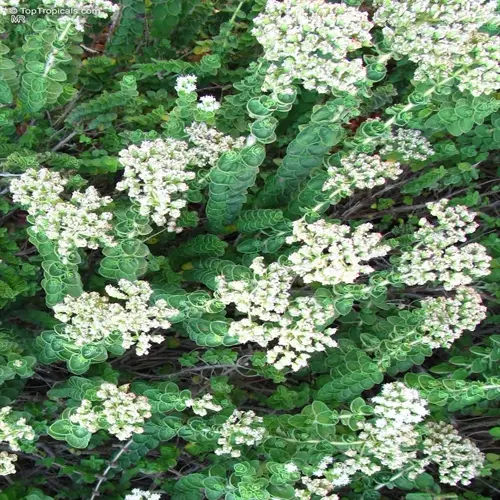What companion plants benefit parsley growth?

Written by
Liu Xiaohui
Reviewed by
Prof. Martin Thorne, Ph.D.Choosing companion plants helps improve the growth of parsley and resists pests. After many years of organic gardening, I have come to discover that companion plants have symbiotic relationships. Good companions can offer shade, improve flavor, or repel insects. Make sure to avoid companions that compete for nutrients with your plants or attract bad bugs. Strategic planting creates healthier, more productive herb gardens.
Pest-Repelling Partners
- Tomatoes provide shade while parsley deters destructive hornworms
- Roses benefit from parsley's aphid protection while sheltering herbs
- Asparagus gains beetle protection from neighboring parsley plants
Growth-Enhancing Allies
- Corn offers partial shade reducing parsley's heat stress
- Chives improve parsley flavor while deterring carrot flies
- Marigolds repel nematodes through root secretions
Plants to Avoid
- Mint aggressively competes for space nutrients and water
- Lettuce attracts slugs that damage young parsley plants
- Carrots share pests increasing infestation risks
Use a smart spacing between companions. A taller plant, such as corn, should be planted north of parsley to provide the proper sun exposure without shading it. I usually plant tomatoes about 18 inches from the parsley. This allows air flow with ample sun exposure to prevent any unwanted fungal diseases. I try to rotate the companion pairings yearly, if possible, to benefit the soil.
Seasonal adjustments encourage beneficial plant interactions. In the summer, parsley protects tomatoes from pests. In cooler seasons, I accompany parsley with overwintering onions. These interactions can vary depending on the season. Therefore, it's important to observe plant interactions consistently.
Using soils prepared in advance allows for success when planting companion plants together. Before planting, amend your soil with a well-balanced compost. Parsley and its companions require similar pH levels in their soils. Verify your soil's pH each year, maintaining a range of 6.0 to 7.0, as this will help you avoid soil problems caused by nutrient competition.
Make confusing pest patterns with companions in your rows or trees. My best example is checkerboard planting chives with parsley, which confuses navigation by insects for both plants. You could also plant flowering herbs, such as rosemary, to enhance the effects.
Read the full article: How to Grow Parsley: Complete Expert Guide

